England/Scotland Border Sights, August 2012
Roslin Castle and Rosslyn Chapel
|
Roslin Castle (sometimes spelt Rosslyn) is a partially ruined castle near the village of Roslin in Midlothian, Scotland. It is located around 9 miles south of Edinburgh, only a few hundred metres from the famous Rosslyn Chapel. The first castle at Roslin was built in the 1330s for Henry Sinclair, Earl of Orkney. Over the centuries the castle was damaged by fires, artillery and a mob during the Reformation. From 1982 to 1988 the east range was restored. The current owner, the Earl of Rosslyn, leases the castle as holiday accommodation via the Landmark Trust. |
|
Rosslyn Chapel, properly named the Collegiate Chapel of St Matthew, was founded on a small hill above Roslin Glen as a Catholic collegiate church in the mid-15th century. After the Scottish Reformation (1560) the Chapel was closed to public worship until 1861 when it was opened again as a place of worship according to the rites of the Scottish Episcopal Church. In later years the Chapel has featured in speculative theories regarding Freemasonry and the Knights Templar. An extensive programme of conservation is currently underway. |
Click on an image to see a larger version,
hold cursor on image to see caption
Use arrow icons or
arrow keys to navigate on photo pages.
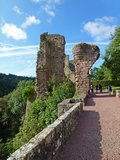 |
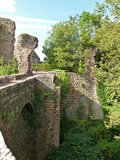 |
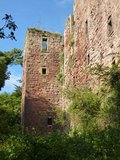 |
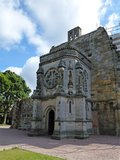 |
 |
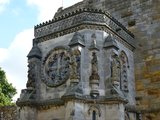 |
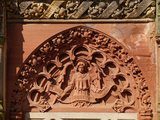 |
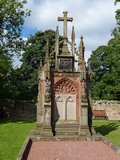 |
Melrose Abbey
|
Melrose Abbey is a magnificent ruin on a grand scale with lavishly decorated masonry. The Abbey is thought to be the burial place of Robert the Bruce’s heart, marked with a commemorative carved stone plaque within the grounds. |
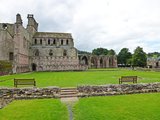 |
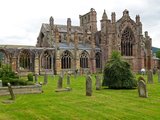 |
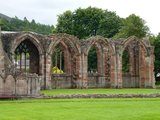 |
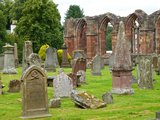 |
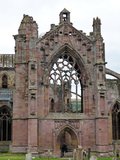 |
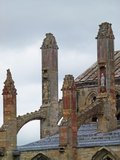 |
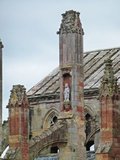 |
Jedburgh Abbey
|
In 1118, Prince David established a foundation of canons regular of the order of St. Augustine at what is now Jedburgh. The church was later raised to the status of monastery before becoming, probably in 1147, a fully fledged abbey, Jedburgh Abbey, and dedicated to the Virgin Mary. The abbey was pillaged and wrecked over the centuries. In 1523, the town and abbey were set ablaze by the Earl of Surrey. The end came for the great Abbey of St. Mary of Jedburgh in 1560 and the coming of the Scottish Reformation. |
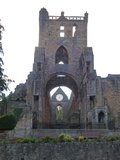 |
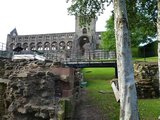 |
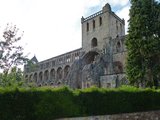 |
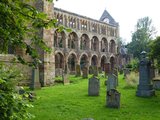 |
 |
Hadrian's Wall
|
Hadrian's Wall was a defensive fortification in Roman Britain. Begun in 122 AD, during the rule of emperor Hadrian, it was the first of two fortifications built across Great Britain, the second being the Antonine Wall, lesser known of the two because its physical remains are less evident today. |
|
The wall was the most heavily fortified border in the Empire. In addition to its role as a military fortification, it is thought that many of the gates through the wall would have served as customs posts to allow trade and levy taxation. A significant portion of the wall still exists, and for much of its length, can be followed on foot or by cycle. English Heritage describes it as "the most important monument built by the Romans in Britain". |
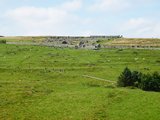 |
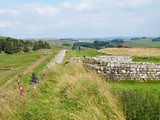 |
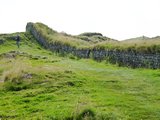 |
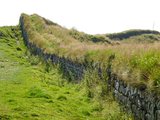 |
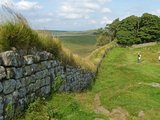 |
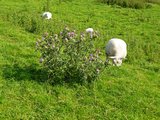 |
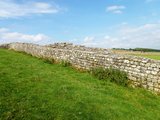 |